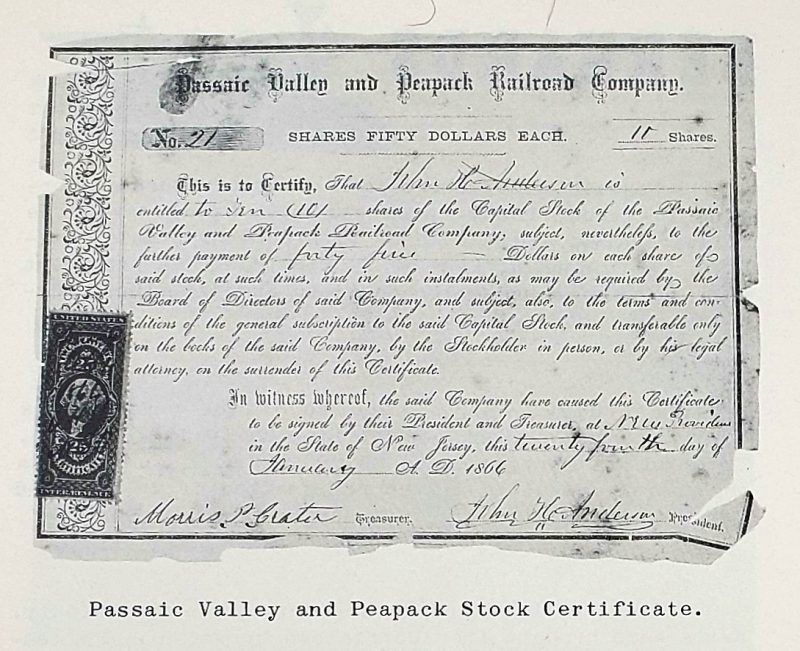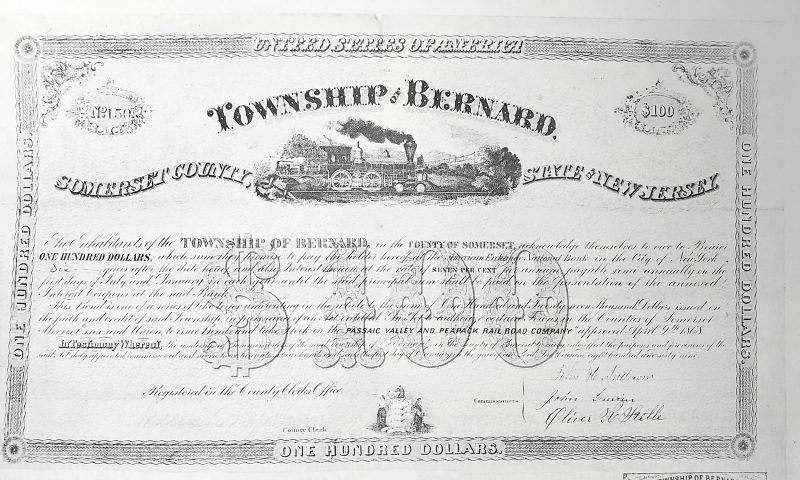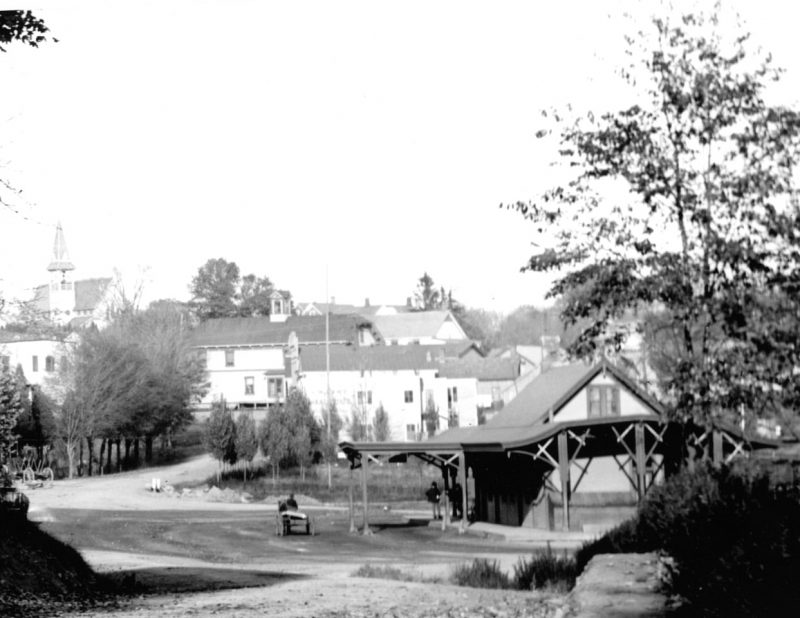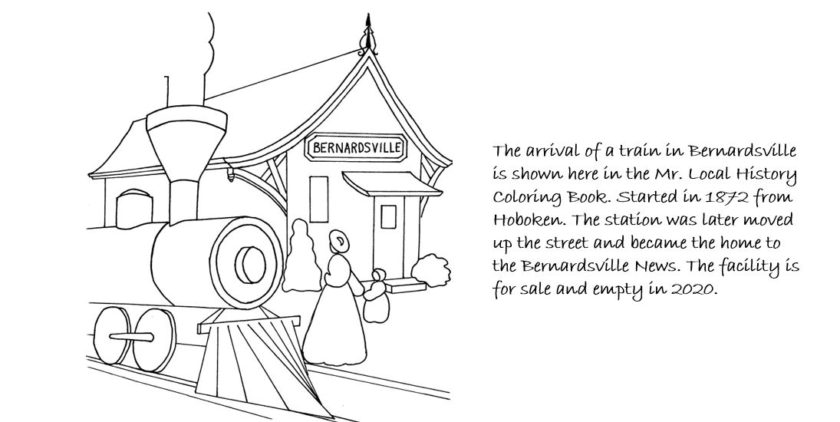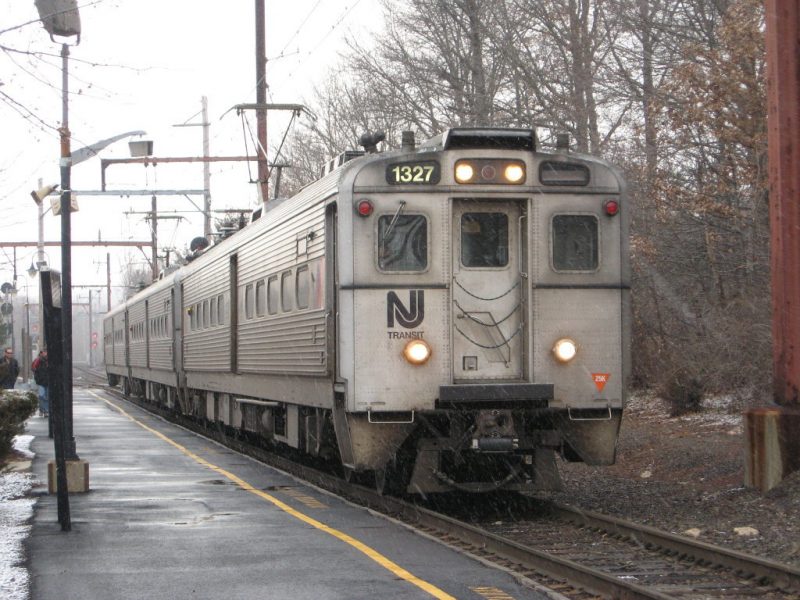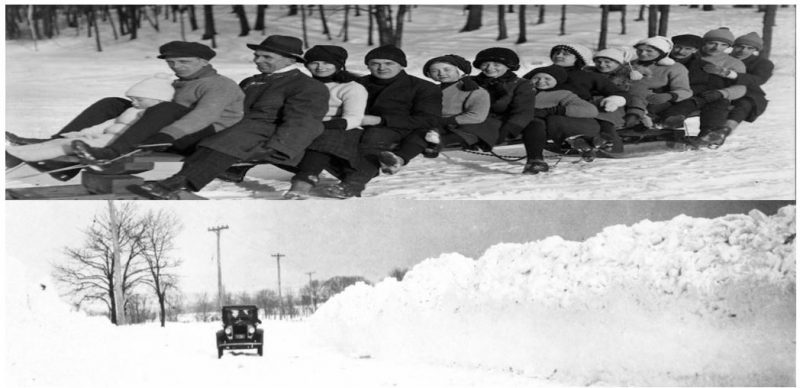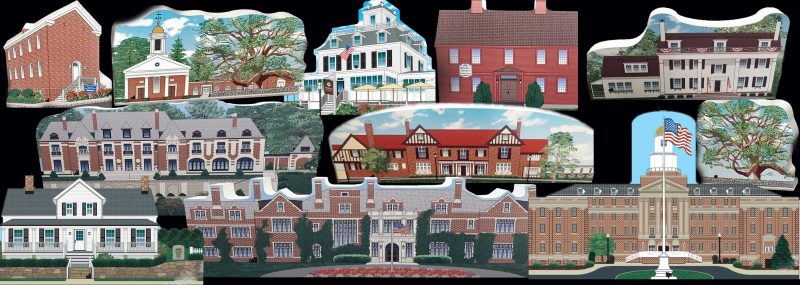Ever wonder what it was like to travel on a train back in 1872 in the Somerset Hills? Train service has always been a connector between the Somerset Hills, Hoboken and New York City.
Service runs on what’s known as the Gladstone branch of the Morris & Essex Line of the New Jersey Transit system which started as early as 1872 between Bernardsville and Hoboken. Later sections were added reaching out to Peapack and Gladstone in the 1890s so the wealthy could travel to their estates. One fellow historian told me once that back in the day, if you wanted to find the most wealthy, just travel to the end of the railroad line. Let’s take a look at the history of the railroad in the Somerset Hills.
The Passiac Valley and Peapack Railroad was incorporated in March 1865. As President, Mr. John H. Anderson of Basking Ridge was elected President and allocated $1.2million to get the project rolling.
Basking Ridge issued $127,000 in 1877 with a whole bunch of arguments between residents and the bondholders. After a legal battle that led all the way to the US Supreme Court, finally in1890 the bondholders won out. The railroad made it to Basking Ridge, and Bernardsville introducing service back in 1872.
The Bernardsville station opened on January 29, 1872 with the first New Jersey West Line Railroad train leaving Hoboken, stopping in Summit, then traveling on to Bernardsville, New Jersey. Dubbed “The Millionaire’s Express,” the train to Bernardsville promised respite from the commotion of the city, as well as lucrative business prospects.
The Millionaire’s Express and the Parlor Car
Known as “the parlor car”, this car had comfortable oversized individual chairs lining each side of the aisle. The gentlemen’s section where smoking was permitted had 28 chairs and the smaller, non-smoking ladies’ section had 17 chairs. Each seat in the smoking section had a silver-plated spittoon that was filled each morning and afternoon with fresh, soapy water.
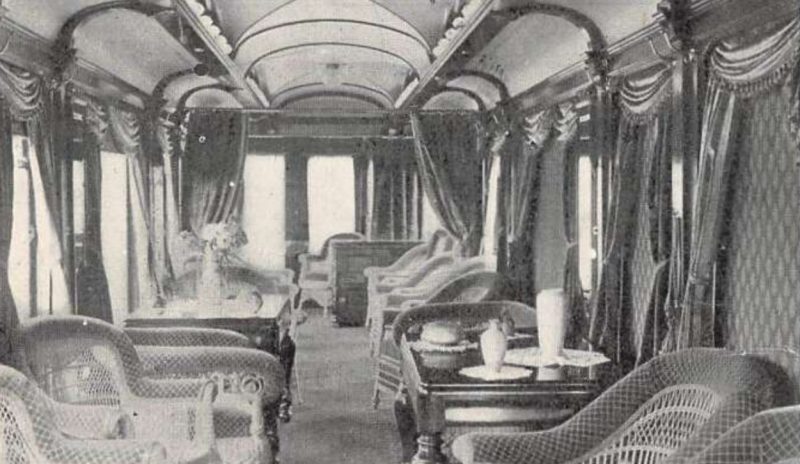
Every other seat had a small white ivory button on the wall between the windows that when pushed summoned the white-jacketed attendant to take their order. The entrance to his tiny beverage station (more of a closet) had no door, but instead had fancy carved wooden columns, one on each side. The last attendant on this car was James Moore who assisted the millionaire’s onto and off the train at each station a millionaire boarded.
In 1930, this parlor car was air conditioned, which was a very rare feature anywhere in those days. It was the Carrier Ice Safety System and was simply a large steel box suspended from the underside of the floor in which 200 pound blocks of ice were placed each hot afternoon. A fan blew air over the ice and the chilled air was blown into the passenger area. Now this was commuting at its best for the wealthy.
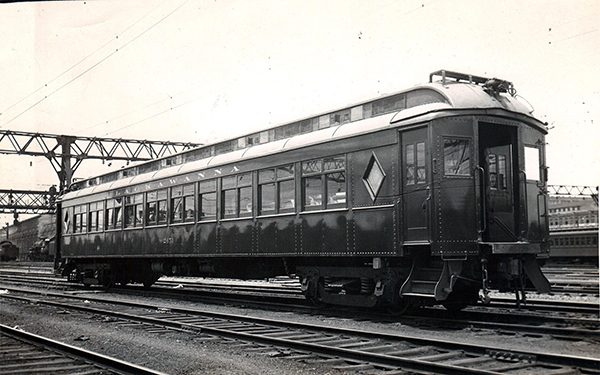
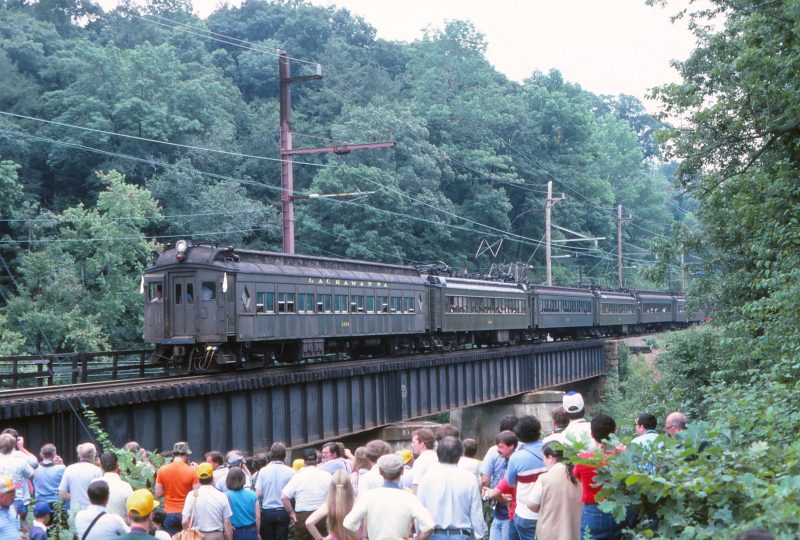
Photo: Steve Hepler
This historically significant railroad car was built in 1912 by the Barney & Smith Car Co. of Dayton, Ohio, for the Delaware, Lackawanna & Western RR.
Rail Expansion
Far Hills, Peapack and Gladstone stations were later added in 1890 thanks to people like Grant Schley and C. Ledyard Blair needing rail access to support their estate projects (FroHeim and Blairsden). The Passaic and Delaware Extension Railroad was chartered in 1890 and opened later that year, extending the line to its current terminus in Gladstone, New Jersey.
Through Grant Schley’s efforts, the Delaware, Lackawanna and the Western Railroad built an extension line from Bernardsville to Gladstone. Service began in 1890. A train station was constructed at Far Hills, around which a rural commercial center developed and became the village of Far Hills.
Gladstone’s original station opened in 1891 with their wood station and freight station remains in service today. The head house has been on the state and federal registers of historic places since 1984.
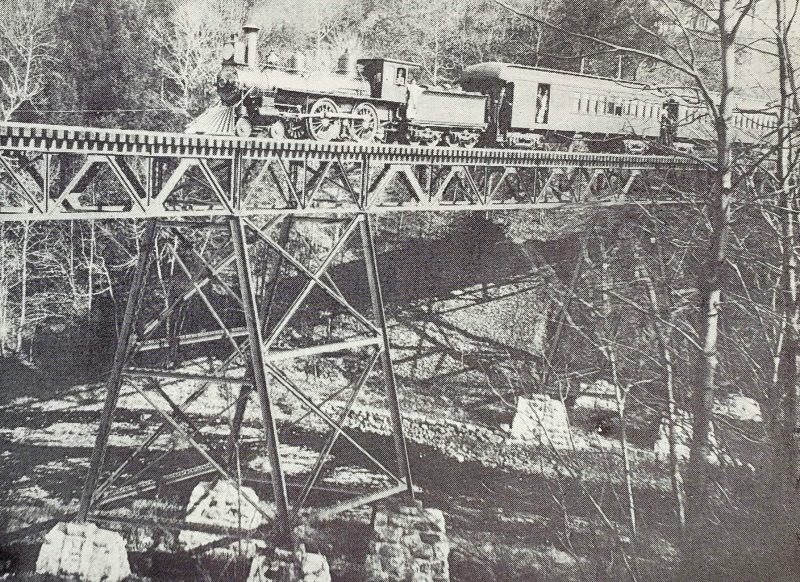
Lyons station was originally built in 1931 by Delaware, Lackawanna and Western Railroad to coincide with electrification and to serve the new VA Medical Center in Lyons (opened in 1930). It was the last station built by the Delaware, Lackawanna, and Western Railroad in New Jersey commonly referred to as the “Delay, Linger, and Wait”.
The Lyons station was listed in the New Jersey Register of Historic Places on March 17, 1984 and in National Register of Historic Places on June 22, 1984.
Train Service over the Years
It’s interesting to understand the differences in commuting over the years. In the almost 150 years of service, the train has gained a 33% efficiency (but boy it just feels the same for some reason).
The Mr. Local HIstory ran a few numbers to find out just how long it took to get from New York City to the Somerset Hills now versus back in 1872 on those old fashioned steam engine trains. What we found is that it takes pretty much the same amount of time now as it did back then. Take a look.
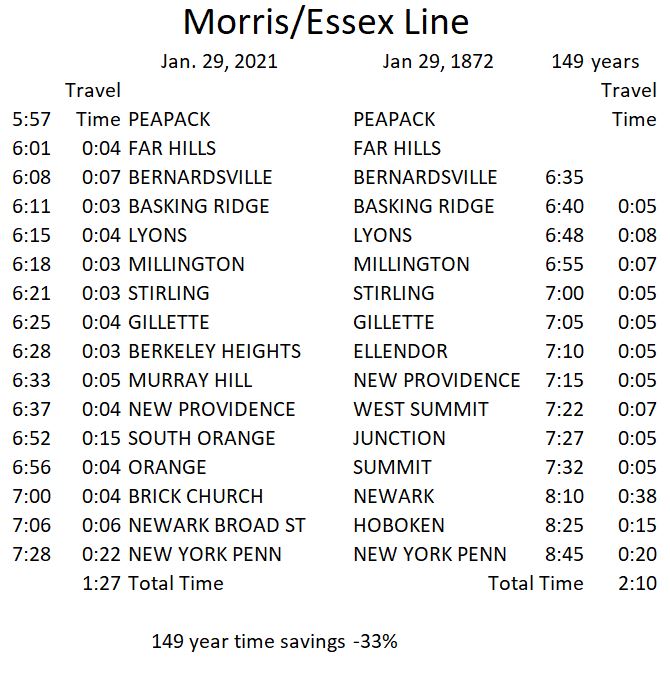
Ellendor back in the day was Berkeley Heights station. 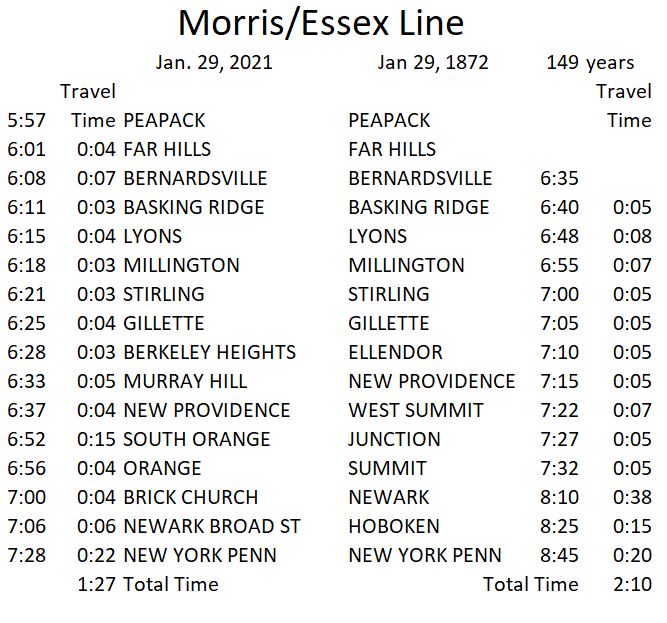
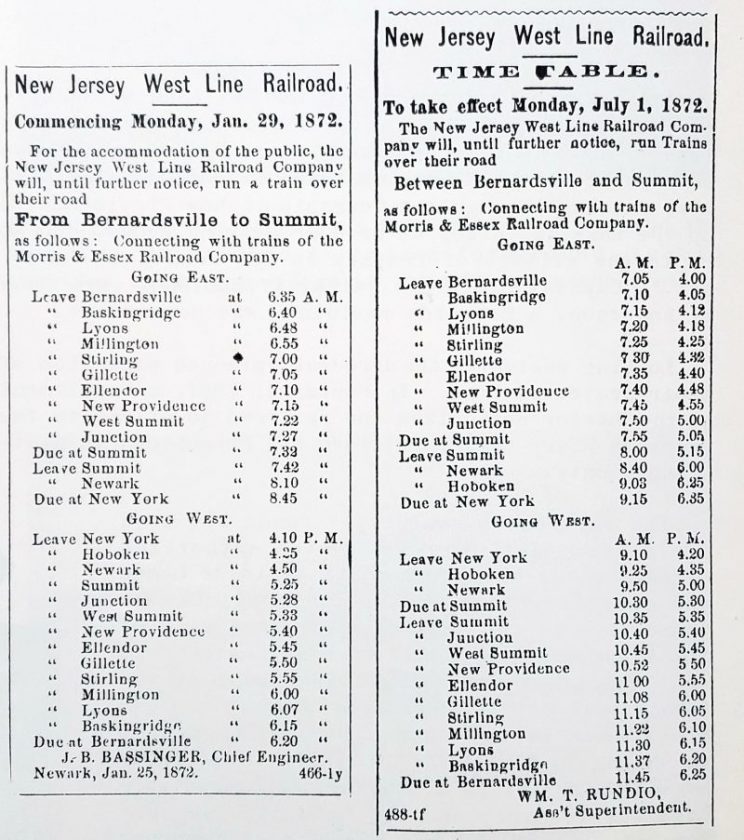
January 1, 1872 timetable. 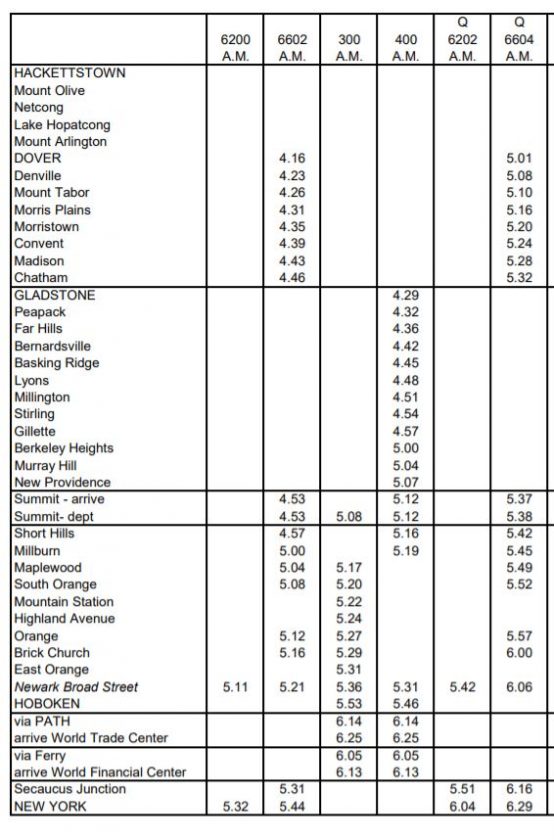
In 1983, New Jersey Transit assumed control of the line, and continues to operate it to this day. 2021 Morris Essex Line
Electric and Diesel Hybrid Trains Take Over
Starting in 1928, electric service transformed rail traffic again. But it wasn’t until 1954 when the line decommissioned steam engine traffic. Some areas saw electric trains as early as 1928. We know Far Hills got their first electric trains sometime in 1931.
Today both electric and hybrid electric/diesel trains run the Morris Essex line to afford direct travel to New York City’s Penn Station. But the trip to Summit and Hoboken remain dedicated to electric rail service.
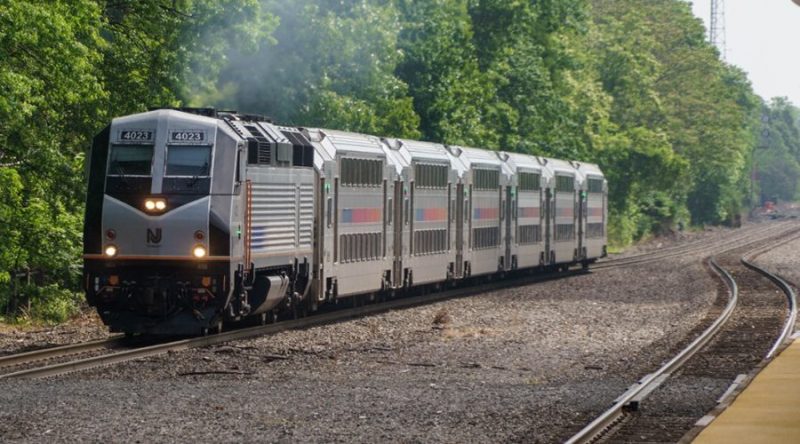
Additional Information
Train stations in the Somerset Hills are not just for commuters. What’s interesting is that train stations in Far Hills, Bernardsville, Lyons, and Millington all offer great food and coffee services in their stations; coffee, sandwiches, and great conversation. Stop by, get something to snack on, and drop us a photo!
And don’t forget the Bernardsville Farmers Market at their train station.
